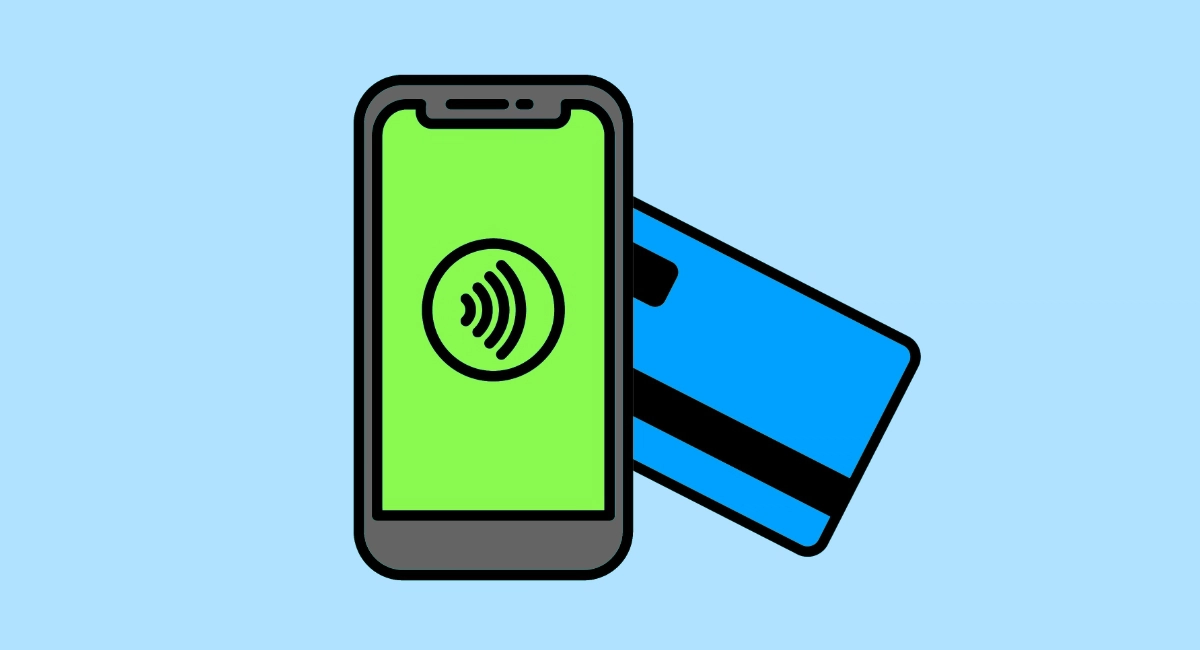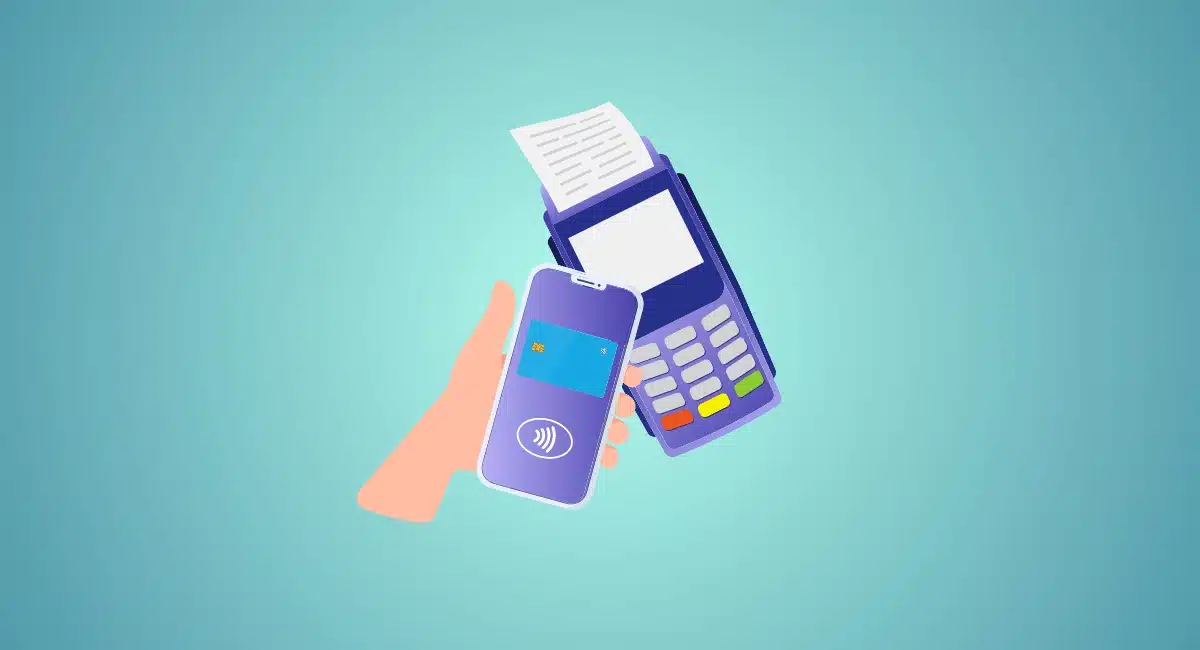What exactly is a ‘chargeback’? Why are they best avoided? And how do you best do this? We explain the what, why and how.
Chargebacks defined
A chargeback is when a card payment is returned. This may be because the cardholder disputes the transaction. For example, if services have not been provided, merchandise is not received, is defective or not as described. Or if the transaction is fraudulent.
Chargebacks have been part of card scheme rules for decades and reflect consumer protection regulations in many countries. Under scheme rules, the cardholder’s bank or payment card provider may ‘charge the transaction back’ to your bank or payment provider in certain circumstances. The two banks (or providers) in this scenario are also known as the issuer and the acquirer respectively.
Although the dispute resolution process is handled between the issuer and the acquirer, it may still impact you.
As well as debiting your account for the disputed transaction amount, your acquirer may decide to levy a fee for each chargeback raised against your business. If you generate too many chargebacks, your acquirer may decide to take further action.
The unvirtuous circle – and the stoppers
Chargebacks are a bit of a pain — not to mention a bureaucratic nightmare — for everyone. They can turn into an unvirtuous circle. Your customer is unhappy. Your bank is unhappy. And when both your customer and your bank are unhappy, guess what? You’re likely to be unhappy too.
One of the best ways to avoid chargebacks and disputed transactions is to prevent them from happening in the first place. Prevention is definitely better, simpler, cheaper and less painful than a cure in the long run.
Have a look below at our top ten tips for avoiding chargebacks.
1. Use a recognisable name
Not recognising the purchase on their statement is one of the most common reasons for a customer to contact their bank. To avoid confusion, make sure that you supply an easily recognisable business name to your bank or provider. They will pass this on to the customer’s statement. This is especially relevant if your registered company name is different from your trading name or the one your customers would be most familiar with.
2. Communicate terms and conditions clearly
Naturally, it depends on the nature of your business, but as a good general practice: communicate return, refund and cancellation policies clearly to customers. This may be at the counter if you trade from a store, on your website or in the small print on order forms or receipts. If you trade face to face, you can also let your customers know verbally. Not only is this good customer service – it also helps to manage expectations and prevent possible chargebacks later.
3. Provide contact details
Make it easy for customers to resolve any payment queries with you directly in the first instance. Providing your contact details (e.g. telephone number or email address) may help prevent a query escalating into a chargeback.
4. Action complaints promptly
If a customer contacts you, action their enquiry/complaint promptly and resolve the matter fully. Again, this is good general practice as well as a chargeback avoidance tip.
5. Deliver merchandise before posting card transactions
If you accept orders for goods or services to be rendered at a later date, make sure you deliver the goods or services before depositing the card payment. You can always confirm receipt of the order, but if the customer sees an item on their statement for something they have not yet received, they may be more likely to query it.
6. Retain delivery notifications
Sending goods signature-on-delivery and retaining the delivery confirmation make it easier to contest customer claims that the goods never arrived. It will also help your bank or provider in providing compelling evidence that the cardholder participated in the transaction.
7. Make sure the card is in date
Another common reason for chargebacks is processing an expired card. If you accept cards electronically when face-to-face with your customer, your terminal should be programmed to automatically flag expired cards. If you accept cards on a website, check with your provider that a customer cannot enter details for an expired card.
8. Ship your orders promptly
Don’t hang around. Send off your orders as soon as you can after a transaction. If the customer sees an item in their statement for something they bought a long time ago, they may not recognise it and be more likely to query it.
9. Train your staff
Make sure that you and everyone using the card terminal in your business are familiar with the basics of how it works. A common reason for chargebacks is when the payment has not been authorised. So, read the manual and/or watch the instruction video to ensure you are accepting cards correctly.
10. Stay up to date
Your provider almost certainly communicates changes around your contract, terminal etc. regularly. Make sure you take time to read and action this within your business appropriately. Technology is changing all the time, and you want to be sure that getting paid remains smooth — and chargeback-free.




